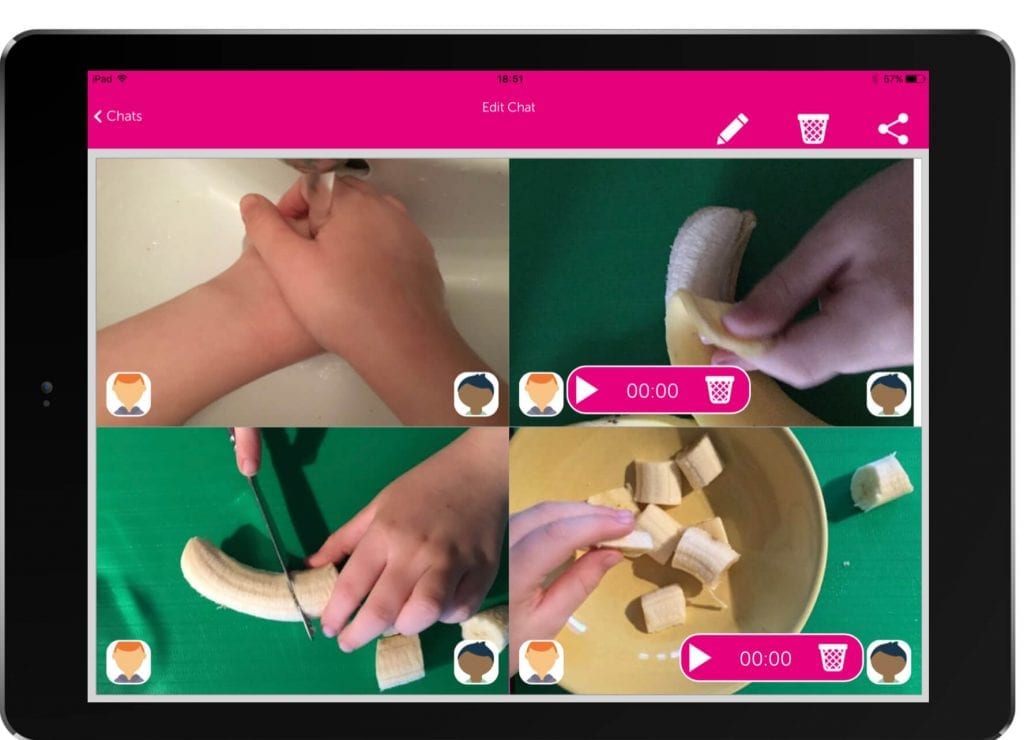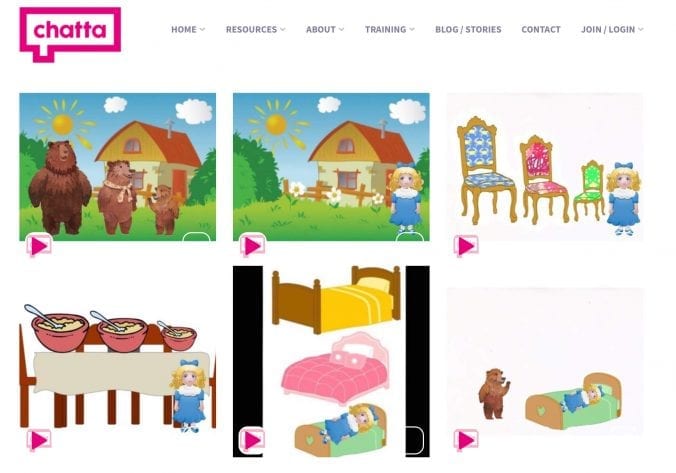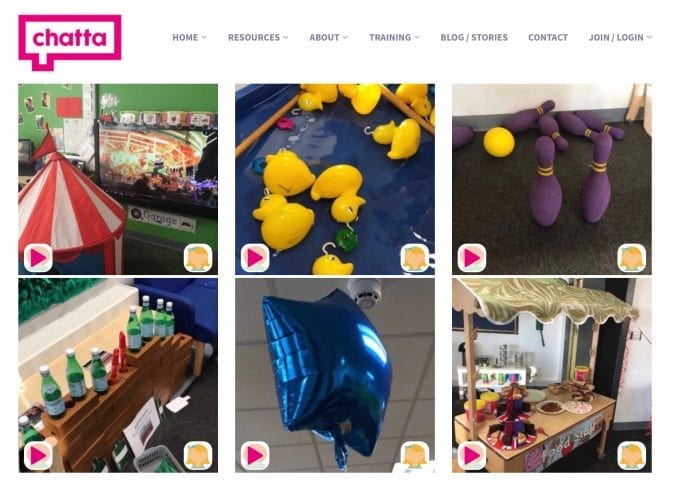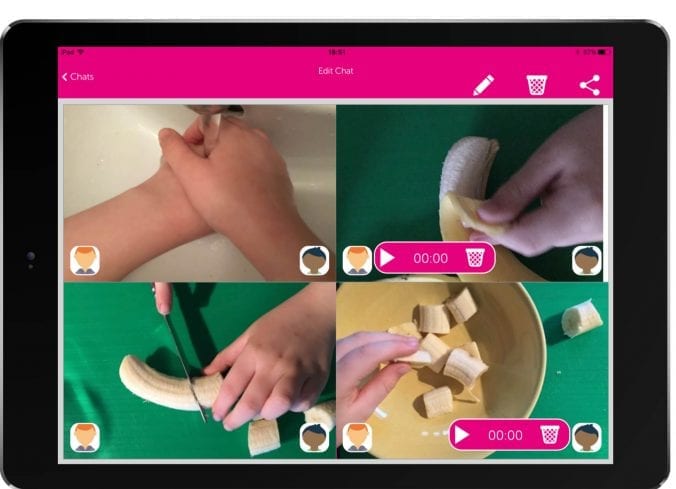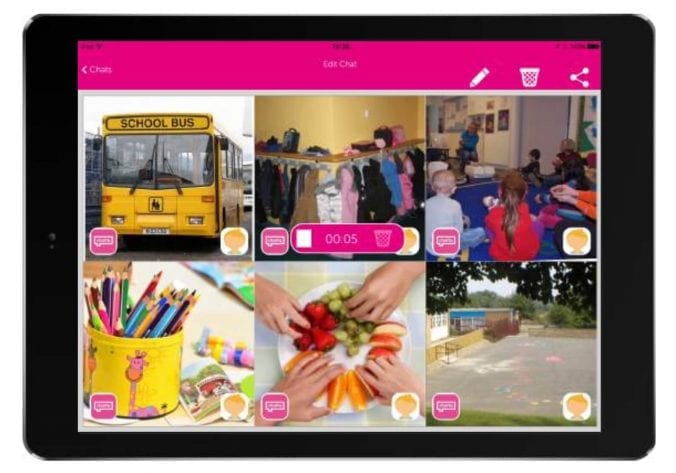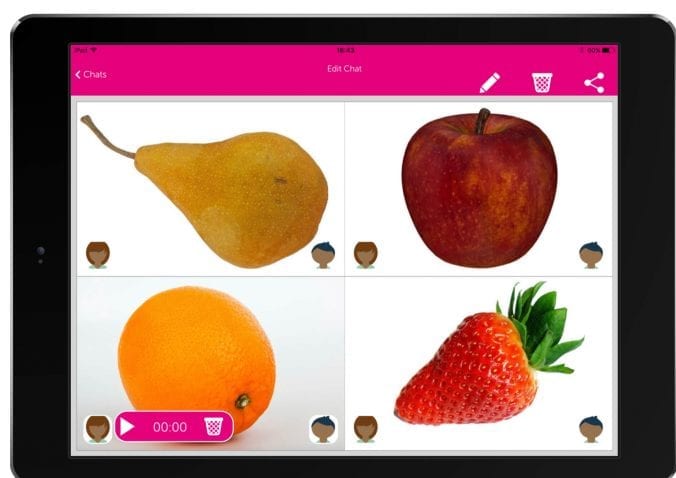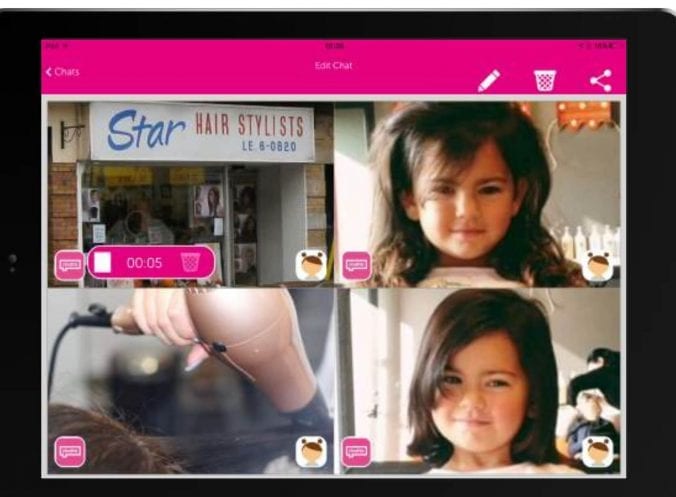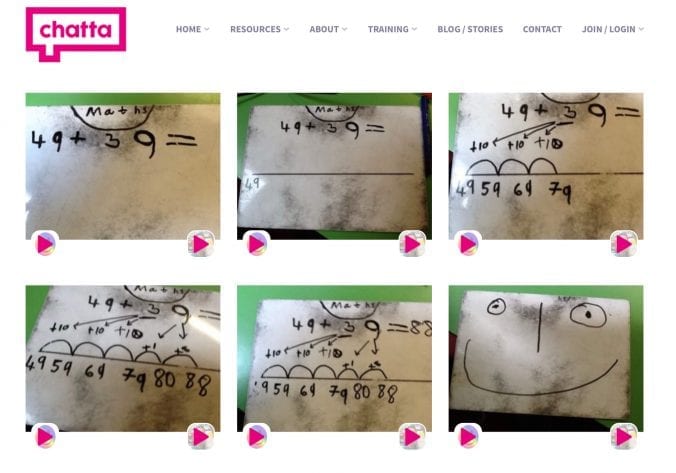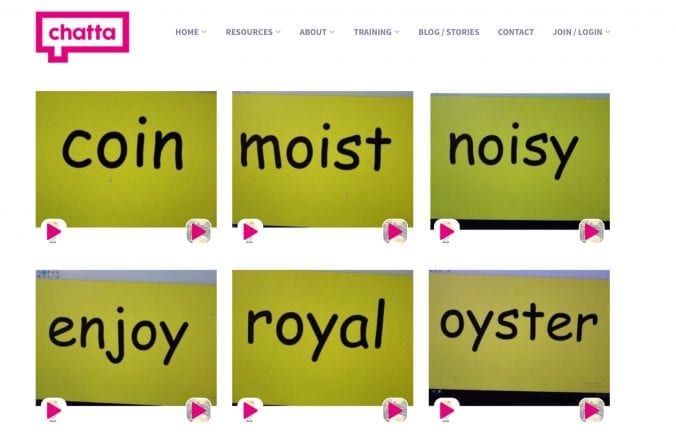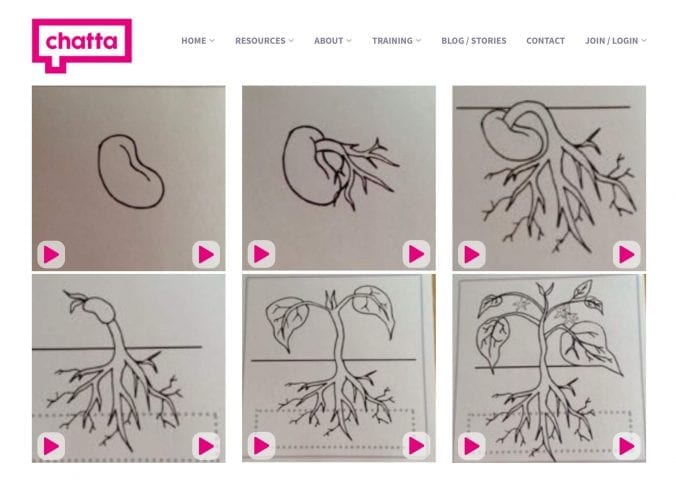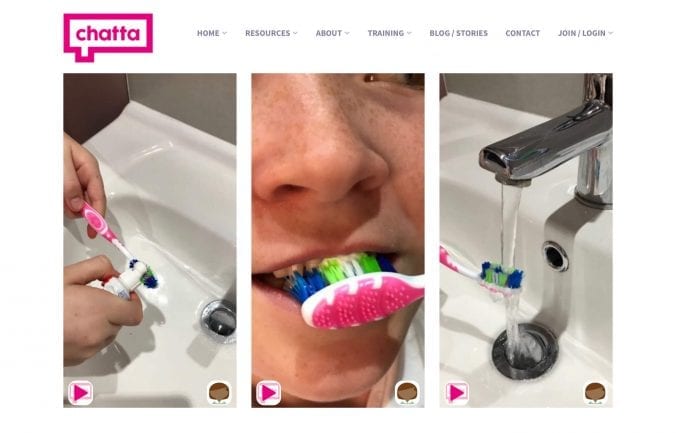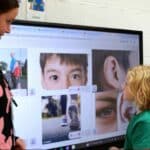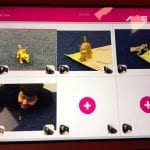How is Chatta used?
Chatta’s main focus is oral narrative competence as evidence demonstrates that this is the most significant indicator of future writing competence. It is also why Chatta fits perfectly in supporting the government’s long term social mobility priority ambitions outlined in the document ‘Unlocking Talent, Fulfilling Potential’.
Of course Chatta is used in lots of additional ways as teachers and parents always have new ideas. Here is a brief example of some ideas that schools and nurseries have shared with the Chatta team, each of these is created with children and shared with parents at home. The children quickly become gifted and engaging storytellers and explainers as they use the Chatta resources to support their use of language, as they become skilled in thinking, speaking and subsequently writing in sentences.
Chatta was designed to link experiences and learning with modelled language, oral rehearsal and images including some elements of Professor Richard Meyer’s ‘Cognitive Theory of Multimedia Learning’. When it was developed none of us had any idea how far-reaching its impact would be.
1: Sharing A Story
2: Turning play based learning into a story
3: Instructions and explanations
4: Transition resources
5: Bilingual resources
6: Social Stories
7: Maths explanations
8: Phonics modelling
9: Pre-teaching
10: Developing Routines
There are hundreds of ways Chatta is used and it is effective for all subjects, ages and levels. There is something powerful about the way this method of teaching and sharing learning supports memory, progress, understanding and language development. We are always actively looking to engage with the education research community and welcome all enquiries.
If you want to see the simple but powerful Chatta approach for yourself please contact:
